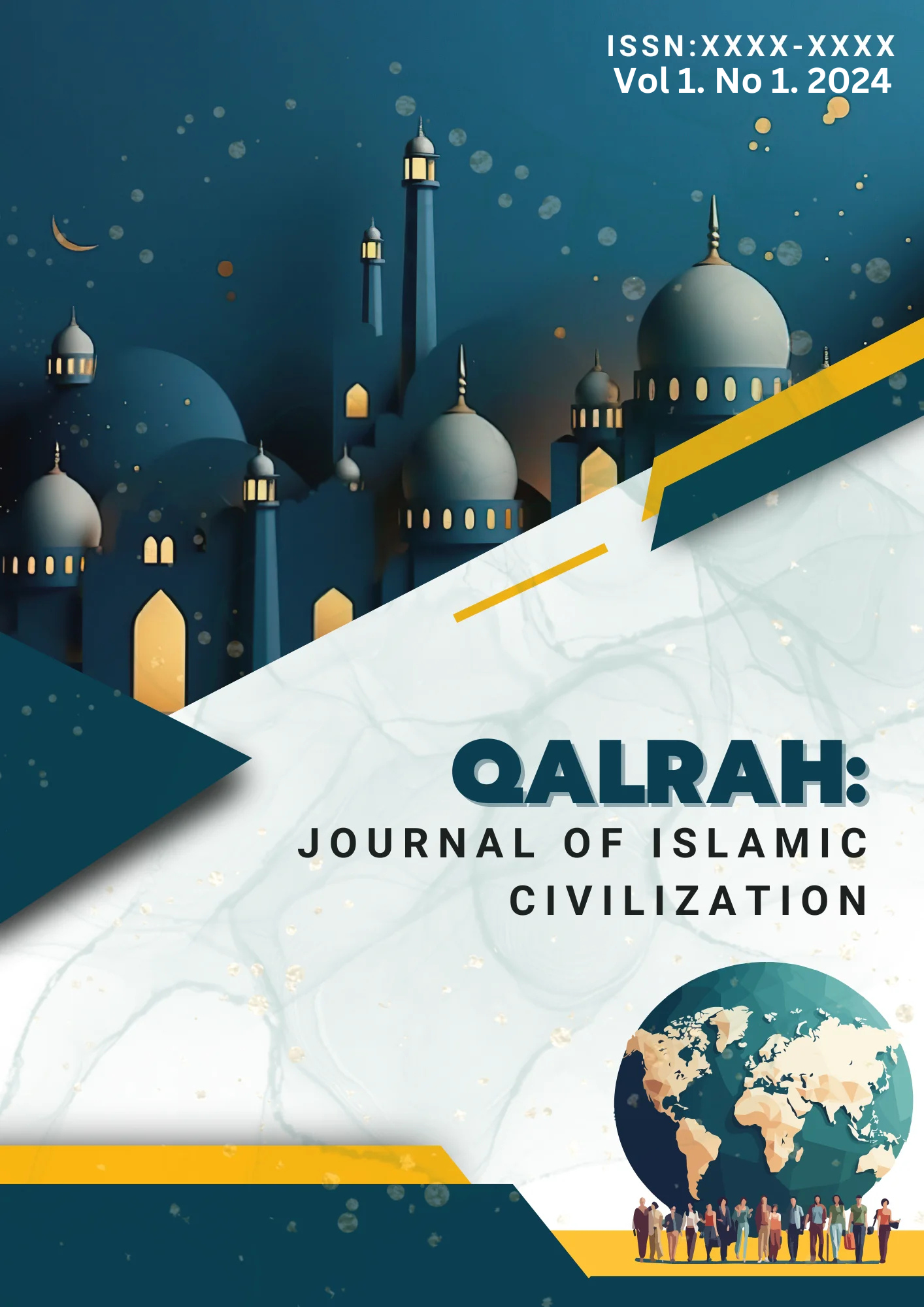Science and Innovation in the Islamic Golden Age and their Global Impact
Keywords:
Islamic Golden Age , Scientific Contributions, Knowledge Dissemination, Cultural ExchangeAbstract
The Islamic Golden Age (circa 800-1400 AD) represents a pivotal period in the history of science and innovation, marked by significant contributions across various disciplines, including mathematics, astronomy, medicine, and philosophy. This study employs a mixed-methods approach to analyze the extensive production of scientific texts, the role of translations in knowledge dissemination, and the innovations that emerged during this era. Through a detailed examination of quantitative data and qualitative insights, the findings highlight the Islamic world's profound influence on the subsequent European Renaissance and the development of modern science. The results affirm that the Islamic Golden Age was not merely a time of preservation but a vibrant era of original thought and intercultural exchange, emphasizing the importance of recognizing diverse contributions to global knowledge systems.References
Bashir, H. M. A. (2024). Islamic Contributions to the Sciences: Astronomy and the Study of the Universe. International Journal of the Universe and Humanity in Islamic Vision and Perspective, 1(2), 35-45.
Bentley, J. H., Bridenthal, R., & Wigen, K. (Eds.). (2007). Seascapes: maritime histories, littoral cultures, and transoceanic exchanges. University of Hawaii Press.
Chafik, D. (2000). History of the heart and cardiotherapy as presented in Near Eastern, North African, and the Spanish medical and pharmaceutical texts from the ninth to the thirteenth century AD. Harvard University.
Dallal, A. (2010). Islam, science, and the challenge of history. Yale University Press.
Fernández-Armesto, F. (2015). Exploration and Navigation. The Oxford Handbook of Early Modern European History, 1350-1750: Volume II: Cultures and Power, 173.
Ghassemi, S. (2020). Ibn Al-Haytham and Scientific Method (Doctoral dissertation, Georgetown University).
Pym, A. (1992). Translation and text transfer (p. 52). Frankfurt: Peter Lang.
Saad, B., & Said, O. (2011). Greco-Arab and Islamic herbal medicine: traditional system, ethics, safety, efficacy, and regulatory issues. John Wiley & Sons.
Saliba, G. (1995). A history of Arabic astronomy: Planetary theories during the golden age of Islam. NYU Press.
Saputra, H., Primawati, Y., & Purwanti, R. D. (2024). Historical Analysis Of The Development Of Number Theory In The Islamic Intellectual Tradition. World Journal of Islamic Learning and Teaching, 1(3), 45-63. https://doi.org/10.61132/wjilt.v1i3.62
Sari, L. E., Erlina, M., Wati, D. E., Andayani, T. W., Taligansing, S. Y., Wicaksono, A. S., ... & Huroniyah, F. (2022, April). Psikologi pembelajaran: penerapan psikologi dalam pendidikan. Psychology Forum Psikologi Universitas Muhammadiyah Malang.
Steele, J. M. (2012). Ancient astronomical observations and the study of the Moon’s motion (1691–1757). springer.
Suryaman, M., Musfiroh, T., & Purbani, W. (2020). Kurikulum pendidikan bahasa dalam perspektif inovasi pembelajaran. Jurnal Kependidikan: Penelitian Inovasi Pembelajaran, 4(1), 165-176. https://doi.org/10.21831/jk.v4i1.31245
Tatarchenko, K. (2023). Algorithm’s Cradle: Commemorating al-Khwarizmi in the Soviet History of Mathematics and Cold War Computer Science. Osiris, 38(1), 286-304.
Usman, M. U. H. A. M. M. A. D., Hameed, G., Saboor, A. B. D. U. L., & Almas, L. K. (2021). Research and Development spillover, irrigation water use and agricultural production in Pakistan. WSEAS Trans. Environ. Dev, 17, 840-858.
Weissbort, D., & Eysteinsson, Á. (Eds.). (2006). Translation: theory and practice: a historical reader. Oxford University Press.
Downloads
Published
Issue
Section
License
Copyright (c) 2024 Qalrah: Journal of Islamic Civilization

This work is licensed under a Creative Commons Attribution-ShareAlike 4.0 International License.

